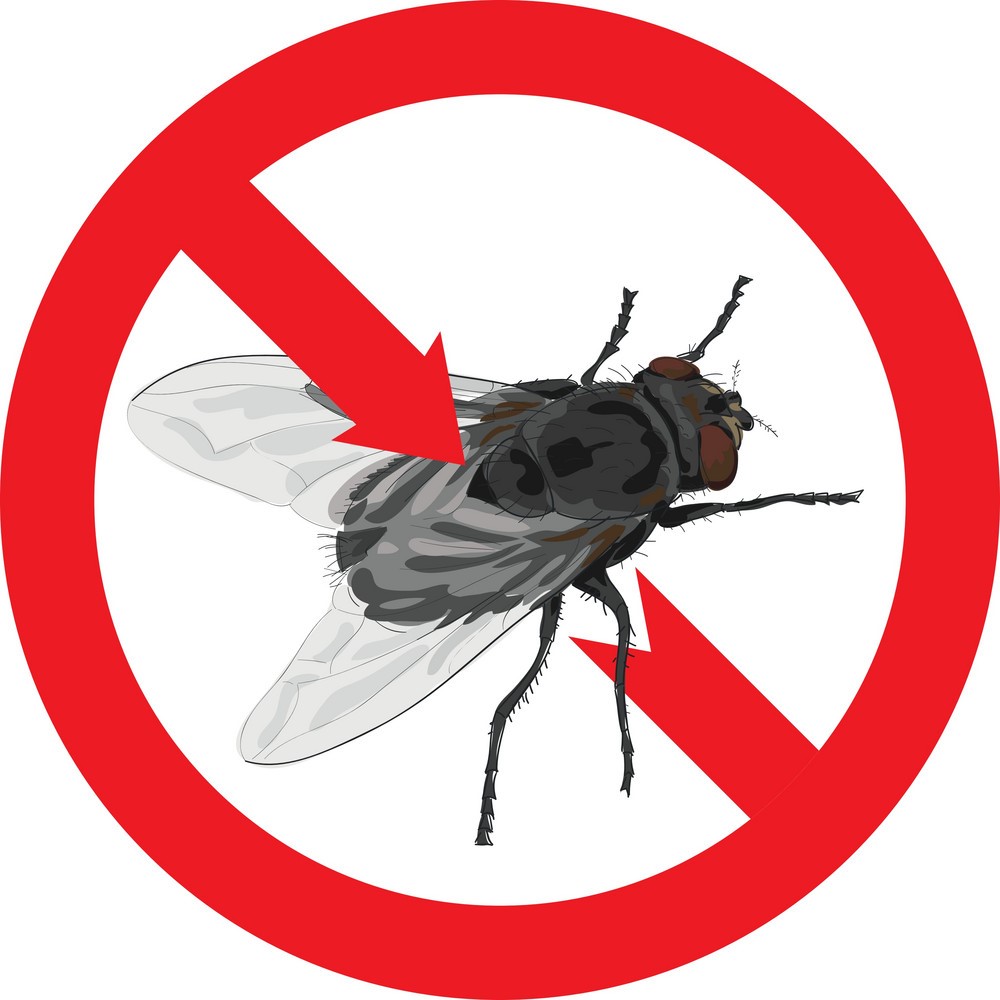LARVAFEEZ-PLUS

"Safegaurd your poultry flock and maintain a hygenic fly-free environment"

Effective Fly Larva Control for Poultry Farms
Fly control is an essential aspect of every poultry producer's management program. Flies are notorious for spreading various diseases, being a nuisance to society, and causing problems for nearby farms and residences. Managing fly populations is crucial not only for the health of the poultry but also for maintaining a sanitary and pleasant environment for workers and neighbors.
Importance of Manure Management
One of the most effective ways to control the fly population is by managing poultry manure to make it unattractive as a breeding site. Flies lay their eggs on breeding media, and the larvae, or fly maggots, hatch out in moist or wet material. Fresh poultry manure typically contains about 60 to 80% moisture. By reducing this moisture level to approximately 30%, the manure becomes unsuitable for egg-laying, thereby breaking the fly life cycle.
Role of Proteolytic Enzymes in Fly Control
Proteolytic enzymes play a crucial role in reducing fly larvae in poultry manure. These enzymes, produced by live organisms present in the manure, continuously reduce gut viscosity, a major cause of loose and sticky droppings. Improved digestion and assimilation, thanks to these enzymes, lead to better litter quality.
Benefits of Proteolytic Enzymes:
Enhanced Digestion: These enzymes enhance the effectiveness of host endogenous enzymes, aiding in better digestion and assimilation of nutrients.
Reduced Excretion Volume: Proper digestion of proteins results in less volume of excrete.
Ammonia Breakdown: Proteolytic enzymes also break down ammonia in the litter, reducing the manure's attractiveness to flies.
Fly Larvae and Bacterial Control
House fly larvae have been observed to digest E. coli, using it as a food source, which aids in their growth and survival. Regular use of products like Larvafreez-plus can prevent and control bacterial concentrations, mainly E. coli and Salmonella, in the litter. This not only helps in larval termination but also disrupts the fly life cycle by disturbing the hatching process of larvae.
Key Benefits of Larvafreez-plus:
Bacterial Control: Reduces harmful bacterial concentrations in the litter.
Larval Termination: Disrupts the fly life cycle by preventing larvae from hatching.
Ammonia Reduction: Helps in reducing ammonia gas production on the farm.
Addressing Ammonia Production:
Ammonia gas production in poultry farms can lead to several health issues. High-level exposure to ammonia for extended periods can decrease the intestinal surface area, impacting nutrient absorption, and reduce the bird’s resistance to oxidative stress. It can also alter the intestinal tract’s ability to break down nutrients and affect immune organs. Ammonia is also a favorable environment for fly breeding.
Managing Ammonia Levels:
Microbial and Enzymatic Breakdown: Uric acid and urea in the litter are converted into ammonia through microbial and enzymatic breakdown by harmful bacteria like E. coli, Salmonella, Clostridium, and Campylobacter.
Larvafreez: By destroying these harmful bacteria, Larvafreez-plus helps reduce ammonia production, thereby controlling fly larvae and reducing disease incidence caused by ammonia.
Conclusion:
Effective fly larva control is vital for maintaining a healthy and productive poultry farm. By managing manure moisture levels, utilizing proteolytic enzymes, and reducing ammonia production, poultry producers can significantly reduce fly populations. Products like Larvafreez-plus offer an effective solution by controlling bacterial concentrations and disrupting the fly life cycle, leading to a cleaner and healthier farm environment.
Implementing these strategies not only improves the overall health of the poultry but also ensures a more pleasant and sanitary environment for everyone involved.
Copyright © 2024 BACTOSEAL PRIVATE LIMITED - All Rights Reserved.

